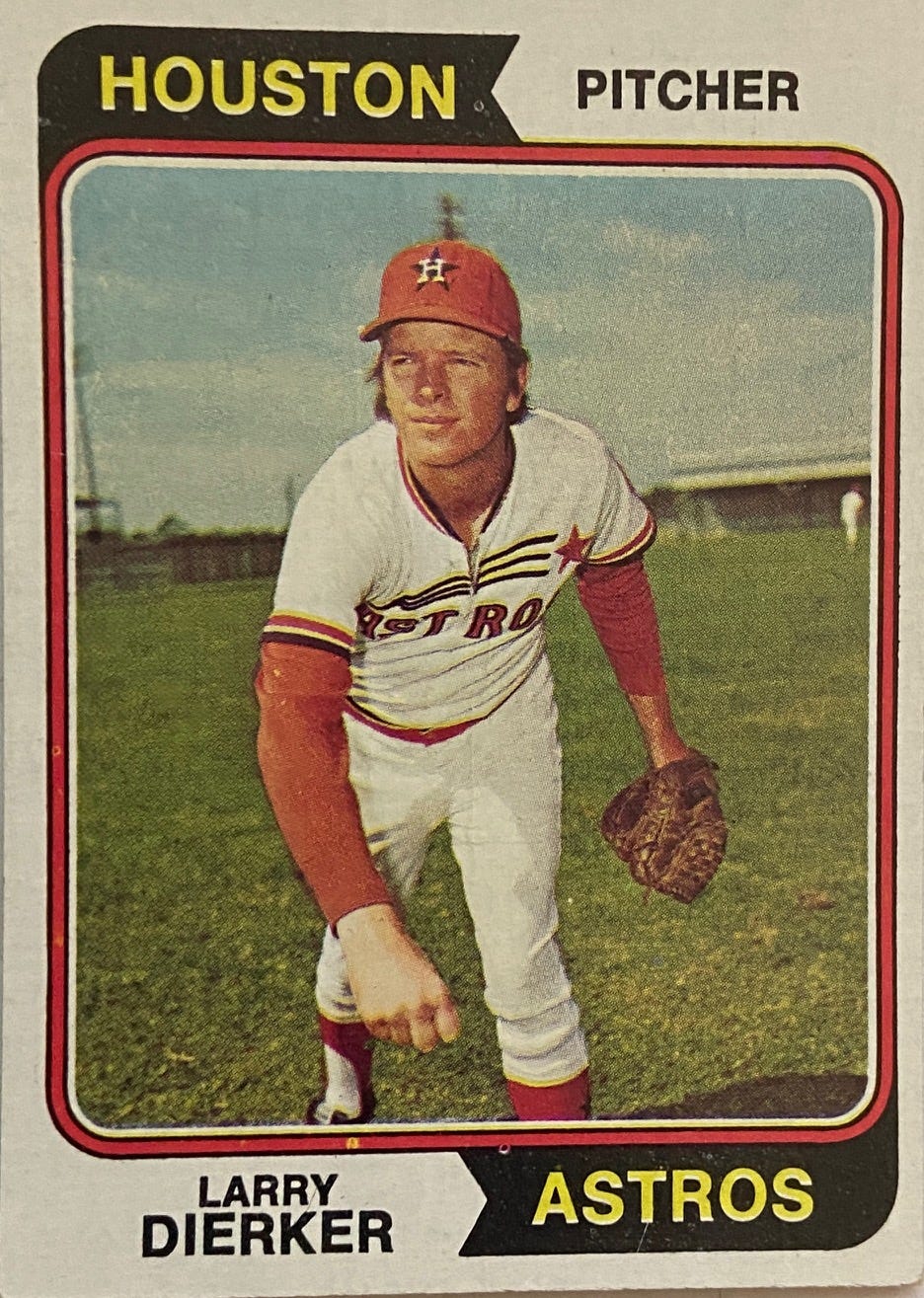While I strive for consistency in almost everything I do, I also recognize that changing nothing year after year means you’ll eventually become stagnant, no matter what line of work or vocation you’re in.
This site’s original intent was to provide unique numbers and analysis, different from what you typically find on Astros-focused sites.
This is challenging given the quantity and quality of baseball analysis on the web, but I strive to add something new to the site each year.
I’ve succeeded and failed to varying degrees over the last couple of seasons, but it’s a never-ending process involving constant change.
Sometimes that means changing the content regularly as stats or analysis add less (or no) value or take up too much time relative to their benefits and sometimes this happens in season.
Such will be the case in 2025.
I’m happy with the cosmetic changes on the site and hope you appreciate them, too.
Speaking of cosmetics, most of the images used on the site were taken by me at an Astros (or Space Cowboys, or Hooks, etc.) game and run through a filter.
So when you see a shot from the Crawford Boxes, Joey Loperfido touching home, Mack throwing out the first pitch or Jose Altuve at bat, you can almost guarantee I took the picture with my phone.
As I began thinking about 2025, several ideas came to mind, things that this one-man shop can do efficiently with my guiding principle in mind: Provide readers with something different.
We’ve already introduced two: CSJ Win Shares and Kikuchi Starts this past offseason.
I call them CSJ Win Shares to differentiate them from other win shares online. This stat is for both batters and pitchers and uses their fWAR in a simple calculation to apportion the wins a team accumulates.
It’s perfect in that it’s easy to calculate and gives us one number to quantify a player’s impact while doing something WAR doesn’t: Have a 1:1 relationship with wins.
Kikuchi Starts are a fun way to keep track of an anomaly I noticed when Yusei pitched for the Astros last summer/fall, the “Almost Quality Start” that often results in better stats because of the lower threshold of earned runs allowed.
The plan is to keep both in the regular rotation in 2025.
New Numbers Coming in New Year
A couple of other ideas in the incubator are:
EI: Easy Inning: When a pitcher gets 3 outs in an inning with 12 pitches or less. It could be expressed as a raw number and/or a percentage of innings pitched.
This focuses on a complete inning and the number of pitches. It still counts if a runner(s) gets on base as long as the number of pitches is 12 or less.
SD or SDI: Shut Down or Shut Down Inning: When a pitcher holds the opponent scoreless the half-inning after the Astros score (top or bottom).
It could be expressed as a raw number and/or a percentage of opportunities.
I’m leaning toward SDI because Shut Down (SD) is already a stat tracked at fangrpahs.com that I sometimes use.
IO or UD: In Order or Up/Down: When a pitcher retires the side in order and no one reaches base in any way.
In this case, the number of pitches is irrelevant, but obviously, an inning could be both an Easy Inning and In Order (and most Easy Innings will be both). Perhaps we can call this something like EI+.
Could be expressed as a raw number and/or a percentage of innings pitched.
Leaning towards In Order, because Up Down is a term already used in MLB.
Similar numbers could be kept in reverse for the Astros offense, such as how many easy innings opposing pitchers have against the Astros.
How It Started
The genesis of this work came from last season where it “seemed” like the Astros hitters went down easily fairly often, while opponents were working counts and generally making things tougher for the Astros arms.
My mind naturally wants to “confirm” if that’s in fact what is happening or if am I just remembering the parts that I want to remember.
Other Numbers
I wrote a little bit about Arms Saved last season, but never implemented it because it’s subjective and I try to stay away from subjective measures as much as possible.
Mainly these happen when a bullpen arm covers two innings, or perhaps more than an inning should be the threshold.
It can be time-consuming and open to interpretation, which makes them less valuable here, but perhaps defining it clearly will help.
I’d like to rework the “Stress Index” as I don’t think it did a good job of gauging how the bullpen was taxed.
Perhaps a color-coded chart of some type, much like the one I use for the AL West would work better.
2025 Where Less is Hopefully More
The readership of this site is up about 25% year over year and I thank you for that.
Ironically, I’ve set a personal goal for 2025 to forget about the page views and write about what I want to write about.
My plan is not to obsess over page views or numbers of posts and focus on content.
For me, it means staying away from the “Dashboard” where the stats for the site reside and focusing more on improved writing and sharing interesting findings in the numbers.
For readers, it may mean a smaller number of posts.
If there is something you think would be interesting to share, by all means reach out and lets discuss.
Again, thank you for coming here in record numbers in 2024 and here’s hoping everyone has a Happy New Year and 2025!



